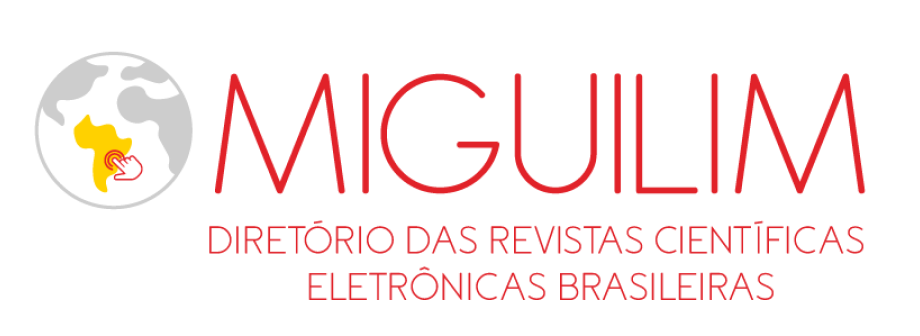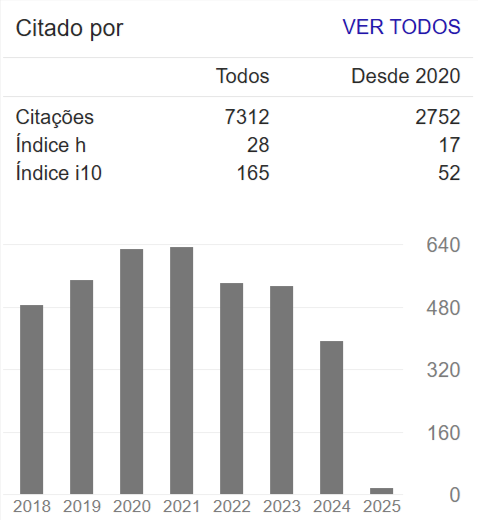Use of galdit index to evaluate salinization vulnerability in boa viagem aquifer – Recife metropolitan region
Abstract
Recife plain is a estuarine region which has an average elevation ranging from 2 to 10 m, being framed by topographic elevation shaped as small hills. Recife area is crossed by several rivers, streams and wetlands and is a highly sensitive area to tidal movements. Recife has its aquifers bordered by the Atlantic coast, with salinization risk. The aquifer system in Recife Metropolitan Region is composed by the unconfined Boa Viagem aquifer, which overlaps two semi-confined aquifers, the Cabo and the Beberibe, recharge to these two deep aquifer percolates mainly from the unconfined Boa Viagem aquifer. For analysing the degree of vulnerability of this aquifer to sea water intrusion, a model based on indicators to assess and quantify the magnitude of the vulnerability of coastal aquifers to seawater intrusion was used. The GALDIT method of mapping the vulnerability of the aquifer to sea water intrusion has been successfully used to assess the degree of vulnerability of coastal aquifers in many regions around the world. As a result of the application, maps are generated, and can be used as a tool for the management of coastal groundwater resources. Almost all the region of Boa Viagem aquifer has presented risk ranging from moderated to high.

















